|
Lisa Wilde @lisawildeworks has been practicing the art of shibori for the past 8 years. She has created countless unique textiles and crafts using the ancient Japanese art form. She is also a Waldorf hand craft teacher and continues to share her lessons with natural dyes to children and adults within her community. "Shibori is the Japanese word for a variety of ways of embellishing textiles by shaping cloth and securing it before dyeing. The word comes from the verb root shiboru, "to wring, squeeze, press." www. shibori.org The tradition of shibori dates back thousands of years to
pre-Columbian Peru alpaca and Chinese silk found in 4th century tombs. Lisa explained several different techniques including kuma (spider design) arashi (storm) & mokume (wood grain) ~ each one as unique and one of a kind as the next! We practiced both suji or hand binding to create vertically striped patterns and nui which uses a running stitch to gather the cloth. We dyed in both Osage orange and Indigo blue which is the traditional color of shibori. There are endless ways to create a wide variety of designs by repeating the simple process of pleat, bind and dye. Sign up for the Medicinal Threads newsletter to stay connected and learn more about upcoming workshops. You can also find more of Lisa's creations on instagram @lisawildeworks
0 Comments
Over the span of two days we dove into the magical world of the ancient dye Indigo along with Rachel from Running River Organics. The class was such an incredible learning experience for everyone involved! Did you know True Indigo is a legume and has been naturalized to tropical and temperate Asia as well as Africa? Also its native habitat is unknown since it has been in cultivation worldwide for centuries! Photos by Kisa Hues
Indigo is a shrub and may be a annual, biennial or perennial depending on the climate it is grown. It has light great pinnate leaves and pink flowers. The dye is obtained from the processing of the leaves. They are soaked in water and fermented in order to convert the plant to the blue dye. Making a indigo vat is not as difficult as it my seem. The recipe that Rachel uses is based off of Michel Garcia's 1-2-3 Vat which relies on a mineral alkali and a natural reducing agent. A process knows as "reduction" removes excess oxygen liberating the dye molecule and allows it to attach to the fibers and bond. Stay tuned and sign up for our newsletter to learn more about upcoming workshops and other natural dye events! |
Author"I find joy in creating with natural materials and working with plants, bringing a bit of nature into the home through textiles." Archives
June 2022
CategoriesAuthor"I find the alchemy of cooking color into cloth with plants so magical and I hope you leave here feeling inspired to start your own dye journey!" |
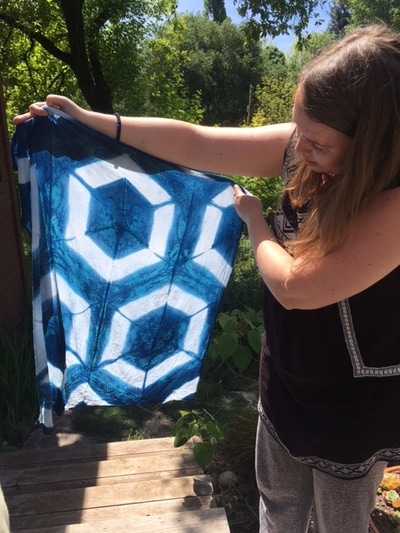
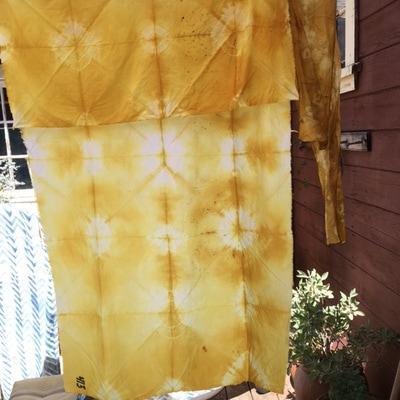
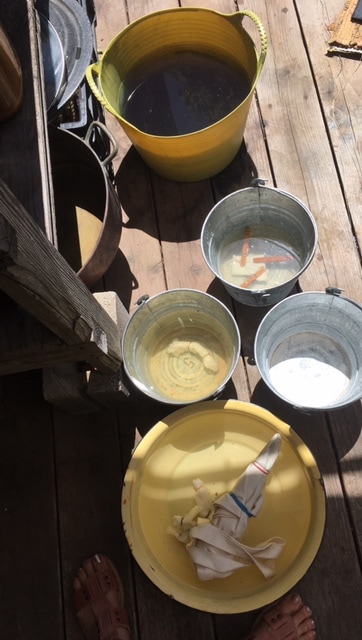
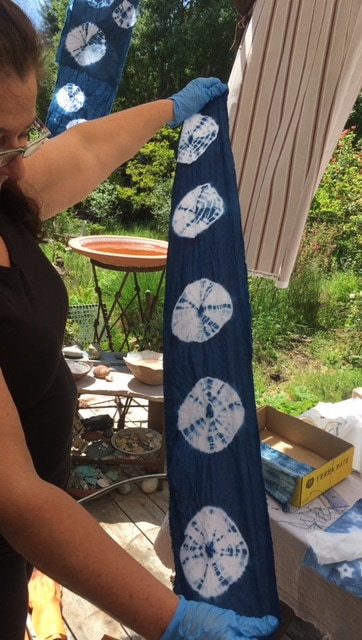
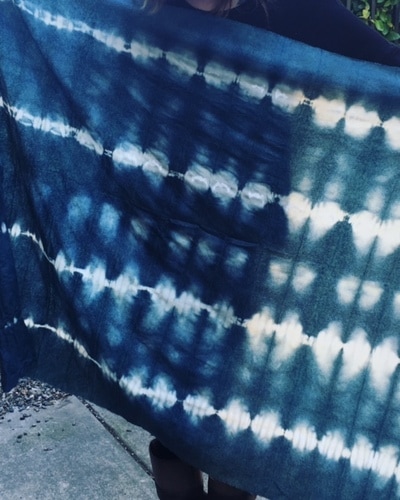

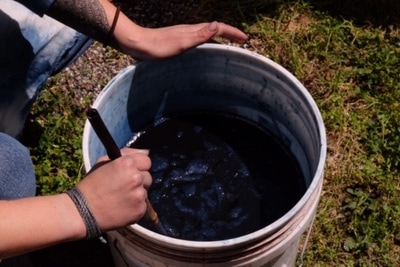
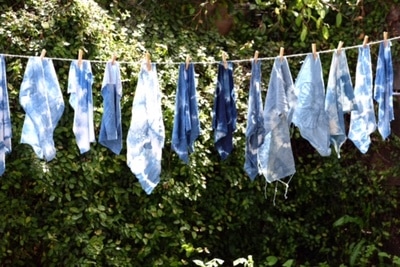
 RSS Feed
RSS Feed